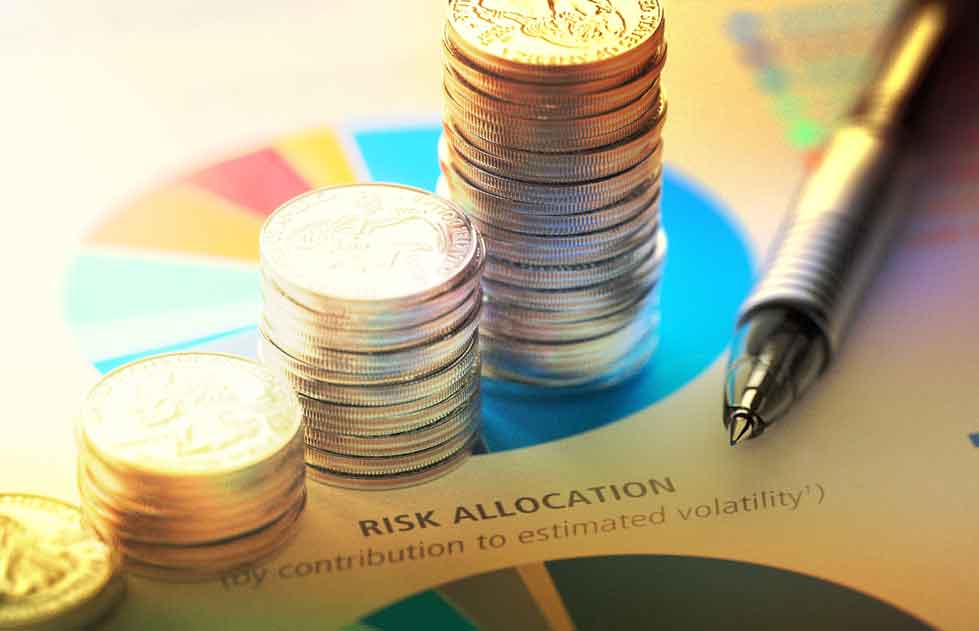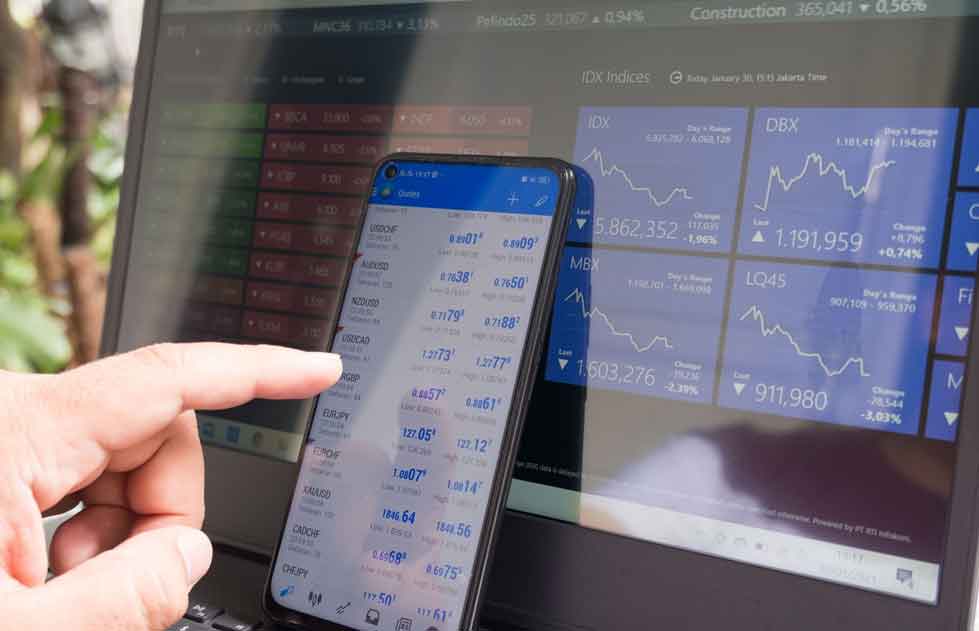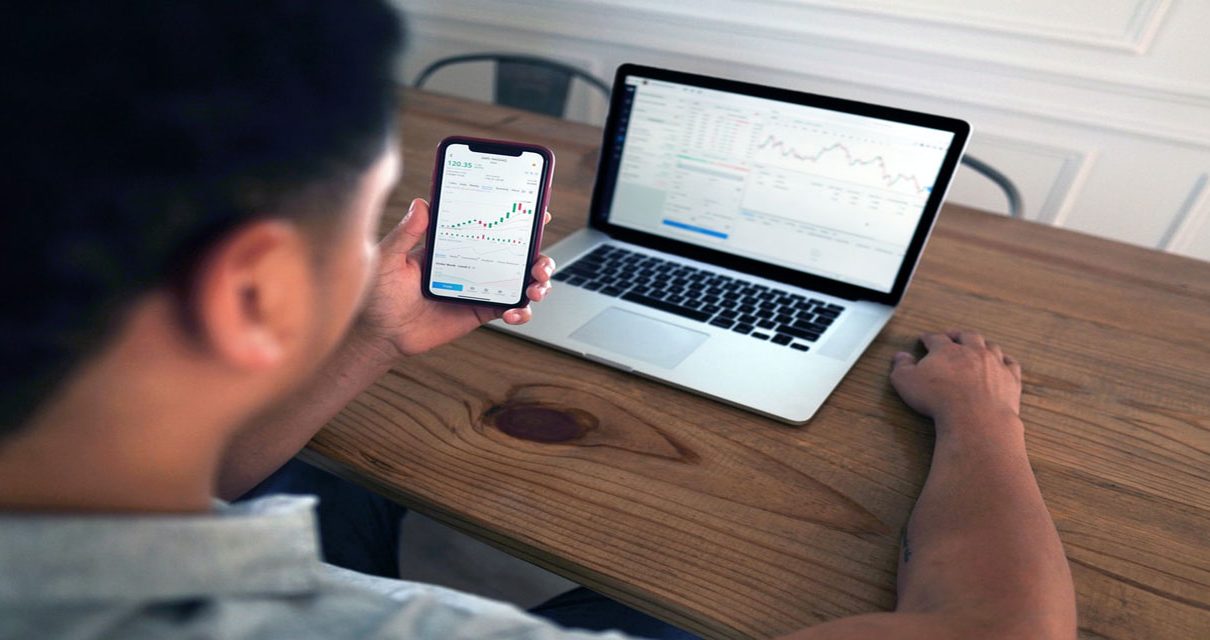If you are into stock trading, the chances are that you heard a thing or two about ETFs. It is entirely understandable if you want to learn more about them. After all, good traders know the risks and rewards of every item on their portfolios.
Before you decide whether to fine-tune your investing strategy and add ETFs to your portfolio, you should understand ETFs inside and out. Nothing counts in this niche as the right piece of information does. This is why we deliver to you a complete mini-guide on ETFs you can use to make an informed decision.
What are ETFs?
ETF stands for exchange-traded funds. More precisely, exchange-traded funds are a type of security. As you might already know, security is a financial instrument. While it holds a monetary value, it also stands as the ownership position in a publicly-traded corporation. In other words, it is a stock that can be freely traded.
So, if an ETF is security, can it be traded? Yes, ETFs can be purchased or sold on stock exchange markets. However, what makes ETFs unique is that they are securities that can track sectors, commodity, indexes, or several other assets. For instance, a single ETF can track a single price of a commodity or a comprehensive mix of securities.
Since an ETF can track the number of securities, its price depends on the standing of all securities it tracks. But given that it is a type of marketable security, it always has a price attached to it. ETFs are liquid financial instruments, and you can quickly sell them if need be.
At first, they might seem like something similar to mutual funds. But there is one thing that makes them completely different. Unlike mutual funds that you can trade after the market closes and only once a day, you can buy or sell ETFs during the entire workday. Hence, ETFs are suitable for intraday trading.
Types of ETF
ETFs truly bring sector diversity to the table and enable investors to focus on several financial areas. All ETFs can be placed in several categories based on what they track. Here are the four types of ETFs you should know about.
Diversified Passive Equity ETFs
As you might already know, there are specific stock market benchmarks many investors and stock traders follow. These include indexes such as MSCI Europe Australasia Far East, S&P 500, and the Dow Jones Industrial Average. Diversified Passive Equity ETFs are carefully designed to mirror the performance of the indexes mentioned above. This is why they are also called Major Index-Based ETFs.
Niche Passive Equity ETFs
If you prefer ETFs that mirror significantly smaller sector performance than Diversified Passive Equity ETFs do, then Niche Passive Equity ETFs are a solid choice. These ETFs mirror niche subsets of major indexes. For instance, they can mirror the small companies of the Russell 2000.
What makes these two ETFs similar is the prefix passive. It means that both Diversified and Niche Passive Equity ETFs are closely tied to the benchmark index. The stocks used to calculate their reference indexes are the same stock these ETFs track.
Active Equity ETFs
Unlike passive equity ETFs which are fixed to the benchmarking index, Active Equity ETFs enable investors to track what they deem most profitable on the market. Yes, active equity ETFs can quickly generate profits while outperforming a market benchmark. But, they can also come with a lot more risks as they can underperform as well.
Fixed-Income ETFs
Unlike the previous three types of ETFs that track stocks, Fixed-Income ETFs are focused on bonds. They require active management but, in return, offer stability and low turnover.

Are ETFs a good investment?

When assessing the value of every investment vehicle, one has to take into account all the benefits it brings to the table. We can answer the “are ETFs a good investment” question with a simple yes. But, it doesn’t provide that essential piece of information as to why. Here are some of the reasons why ETFs are a good investment.
A plethora of ETFs options – ETFs are not a brand new investment opportunity. They’ve been around since the 1980s. At the start, ETFs only tracked equity indexes, but today, they track so much more. There are a plethora of ETF options for investors interested in literally any niche. Today’s ETFs include various asset classes ranging from international investments and currencies to bonds, stocks, commodities, and real estate.
There is another factor that plays an important role here. ETF issuers face stiff competition. This is why you can find a variety of ETFs with a particular focus. This is excellent news for some of you who are familiar with a very specific industry niche. Finding a niche-specific ETF is very easy.
ETFs are liquid investment vehicles – As marketable securities, ETFs are liquid investment vehicles. You can trade them throughout the day, which is not the case with index mutual funds. If you were wondering, “Are the ETFs good for beginners?” here is your answer – they are. How come?
Beginners and young investors have limited budgets. If you see an ETF’s price plummeting, you can leave a losing investment momentarily to keep your budget somewhat intact and minimize the losses. Furthermore, with a wide range of ETFs, you can easily diversify your investment strategy even when operating on a small budget.
Low expense ratios – Compared to mutual funds, ETFs have significantly lower expense ratios. You should take fees and commissions into account before deciding which investment vehicle to choose. This is important. Besides, there are many online brokerages with commission-free ETF offers. Additionally, ETFs are more tax-efficient than mutual funds.
Freedom to choose a management option – As you could see in the types of ETFs section ETFs enable you to actively or passively manage them. The passive management approach is great for people yet to develop their investing style and gain knowledge and experience. Active management is more cut for experienced investors. ETF issuers respond to trends – New ETFs are released every day, not only because the ETF issuers face harsh competition. ETFs also go hand in hand with global trends. New and innovative ETFs create a dynamic investment landscape and are an excellent opportunity for investors to profit from new developments.
How people trade ETFs

The trading activity in the ETF ecosystem consists of ETF creations, redemptions, and trading between investors. Creation and redemption occur in the primary market and on the fund level. However, these trading actions are reserved for authorized participants, such as approved market markers and institutional trading desks.
This should not worry you because the latest stats tell us that creations and redemptions amount to only 20% of all ETF trades. The other 80% of ETF trading represents trading between investors on exchanges.
You can trade ETFs on any major stock exchange. If you have experience in trading individual stocks, you will be able to transfer that skill and knowledge to ETF trading. ETFs and stocks are traded the same way, and you can trade ETFs during the entire workday.
Conclusion
As investment vehicles, ETFs offer plenty of opportunities. They are liquid, and there are many of them on the market. Since investing in and trading them resembles investing in and trading stocks, you will find a lot of resources online to improve your trading skills and gain more knowledge.
There is only one rule of the thumb here – keep learning and practicing and you will become a successful trader and ensure financial stability.
Bibliography and references used in this article
- What is an ETF by NerdWallet
- Nine Reasons ETFs can Benefit your Portfolio by The Balance
- A Brief History of Exchange-Traded Funds by Investopedia.
- Tax Advantage: Mutual Funds Vs. ETFs? And The Winner Is… by Mike Patton
- Here’s why ETFs can’t bring down the financial system, iShares says by MarketWatch






